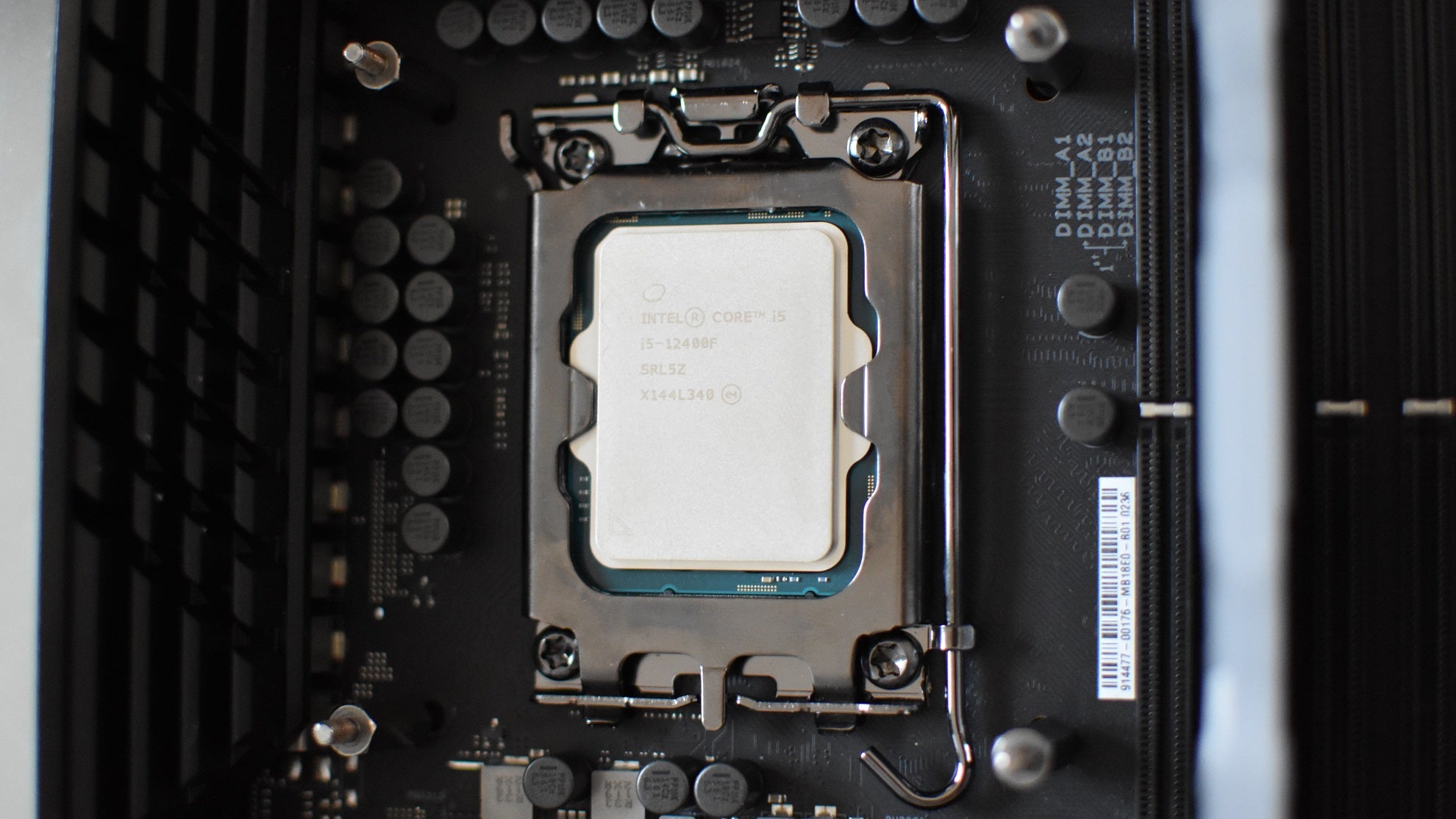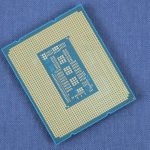In the realm of mid-range CPUs, the Intel Core i5-12400F has emerged as a formidable contender. Launched as part of Intel’s 12th generation lineup, this processor aims to deliver high performance for gamers and content creators alike, all while maintaining efficiency. However, the market teems with alternatives from both Intel and competitors like AMD that vie for supremacy. This comparative analysis dives into how the i5-12400F stacks up against its rivals, focusing on performance benchmarks, power efficiency, compatibility, and price-to-performance ratio.
Performance Benchmarks
Intel’s 11th Gen Processors
Comparing the i5-12400F to its precursor, the 11th Gen Intel CPUs, reveals a significant leap in performance. The adoption of Intel’s hybrid architecture with Performance and Efficiency cores in the 12th Gen series contributes to this edge. The i5-12400F, featuring six Performance cores without Hyper-Threading, outpaces the 11th Gen i5s in both single-threaded and multi-threaded tasks. Notably, this improvement shines in gaming and intensive workloads like video editing, where the i5-12400F often leads by a significant margin.
Competing with AMD
AMD’s Ryzen 5 5600X is a direct competitor. Both CPUs target the same segment but employ different architectures. The Ryzen 5 5600X, with its 7nm process and Zen 3 architecture, excels in multi-threaded applications thanks to its SMT (Simultaneous Multi-Threading) feature. However, the i5-12400F competes closely, even outperforming the Ryzen counterpart in several gaming benchmarks, primarily due to its higher single-core speeds, which is a critical factor for gaming performance. The choice between these two often boils down to specific workload preferences and ecosystem compatibility.
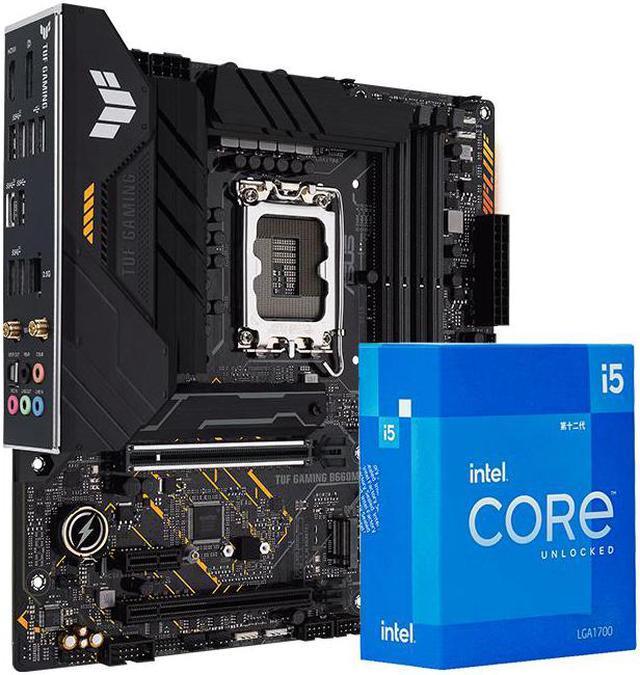
Power Efficiency and Thermal Performance
Efficiency Under Load
The Intel Core i5-12400F displays impressive efficiency, attributed to Intel’s refined 10nm process node, labeled as Intel 7. This efficiency manifests in lower power consumption under load compared to older Intel generations and some AMD models, translating into less heat generation and potentially lower cooling requirements. This aspect appeals to users aiming for silent or small-form-factor builds, where thermal management is crucial.
Cooling Solutions
While both Intel and AMD processors come with stock coolers, the efficiency of the i5-12400F may allow users to stick with the provided cooler without the need for upgrades, except for those pushing their system with overclocking or sustained high workloads. AMD processors, particularly the Ryzen 5 5600X, might prompt an investment in aftermarket cooling to extract maximum performance, affecting the overall cost.
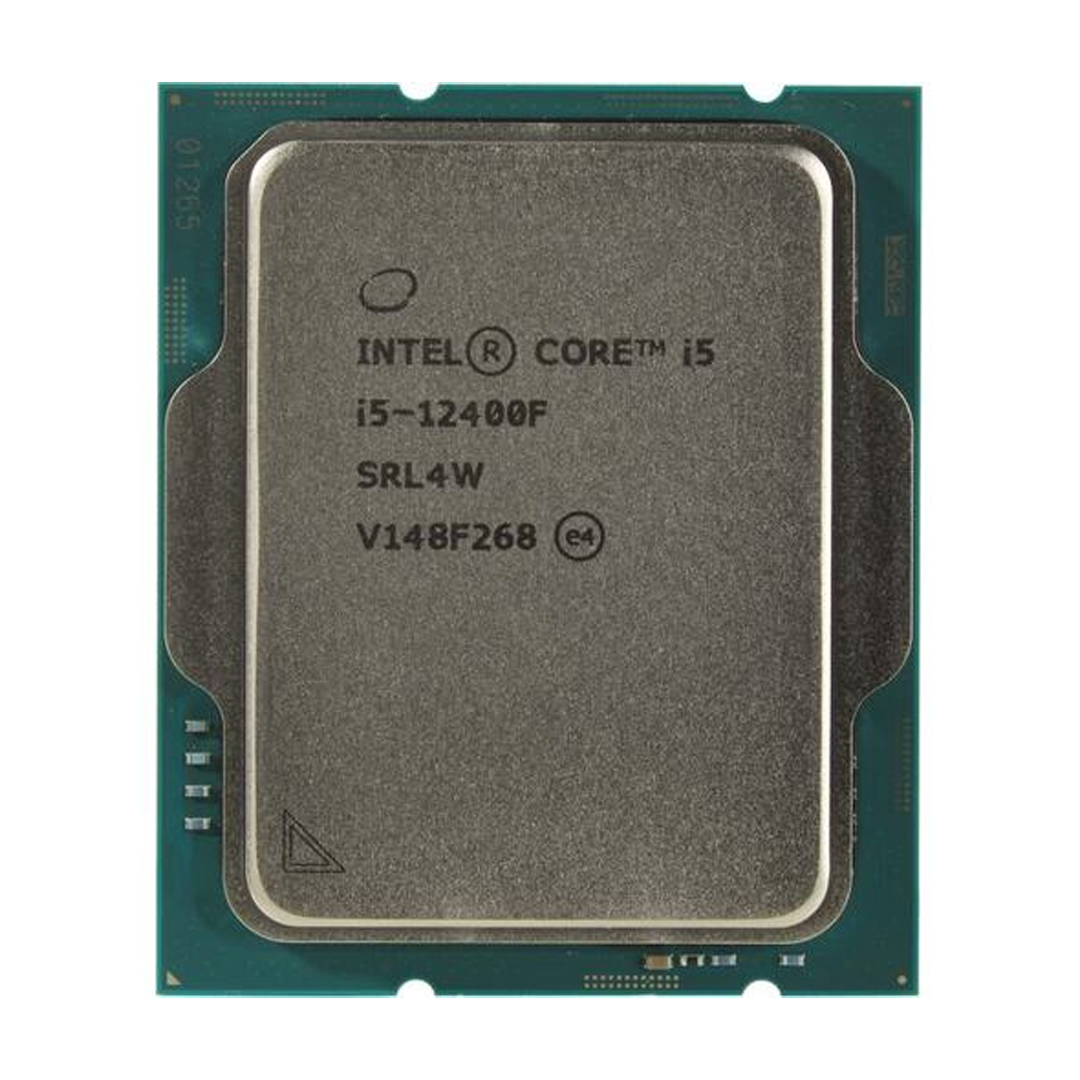
Compatibility and Upgrade Path
Motherboard Ecosystem
Intel’s 12th Gen processors, including the i5-12400F, require motherboards with the LGA 1700 socket. This necessitates a new purchase for upgrading users, potentially increasing the total upgrade cost. However, Intel’s ecosystem offers a range of motherboard options across various price points. AMD’s advantage lies in its AM4 socket’s longevity, supporting a wide range of processors and providing a broader upgrade path without changing the motherboard.
Future Proofing
Considering the future, Intel’s move to support PCIe 5.0 and DDR5 with its 12th Gen series gives the i5-12400F a technological edge. Although the real-world benefits of these technologies are nascent, they provide a foundation for future compatibility and performance enhancements, particularly as PCIe 5.0 SSDs and DDR5 memory become more mainstream.

Price-to-Performance Ratio
Cost Considerations
The Intel Core i5-12400F often boasts a lower MSRP than the Ryzen 5 5600X, making it an attractive option for budget-conscious buyers. When assessing the total build cost, including potential cooling solutions and motherboard options, the i5-12400F generally presents a more cost-effective path to high performance, especially when considering its strong performance benchmarks and efficiency.
Value for Gamers and Creators
For gamers, the i5-12400F’s superior single-threaded performance can translate into higher frame rates in most modern titles. Content creators, particularly those whose applications benefit from quick single-thread performance, will also find value in the i5-12400F. Meanwhile, users requiring extensive multi-threaded performance might lean towards AMD, where SMT provides an edge.
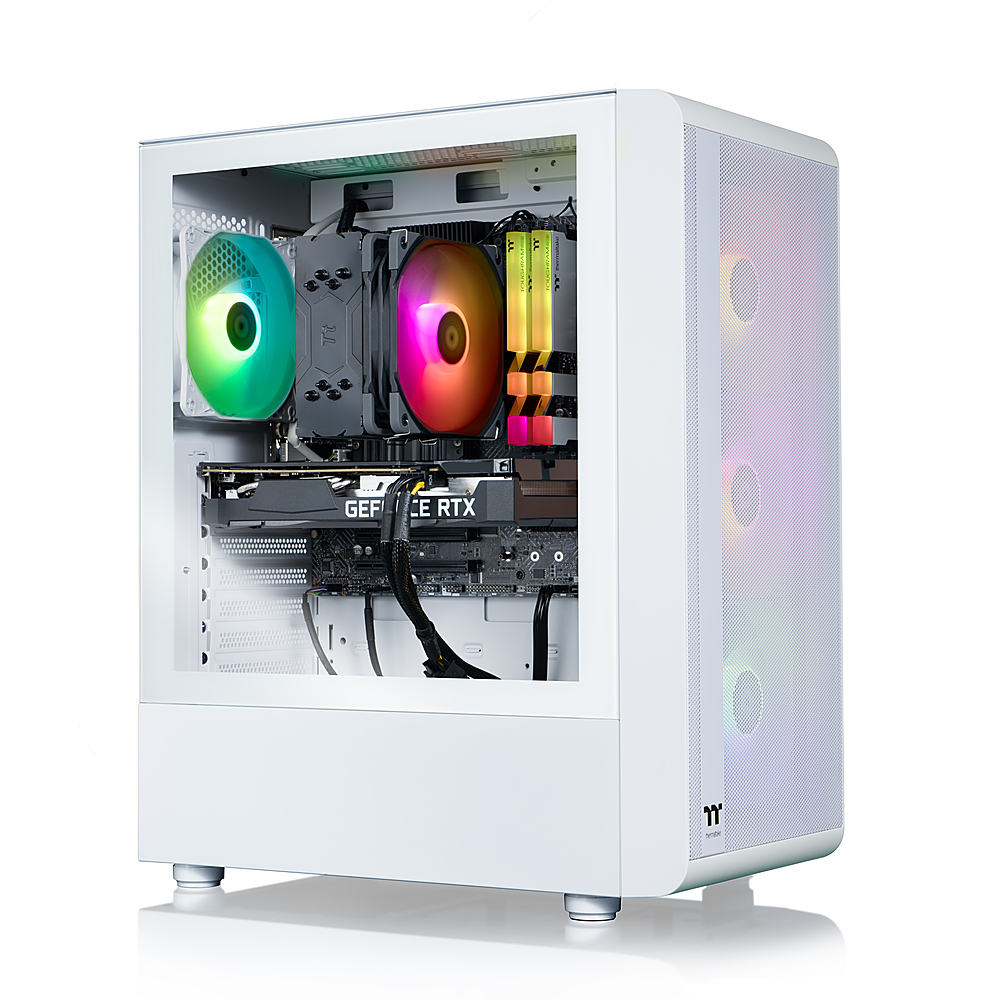
Gaming and Content Creation
Intel Core i5-12400F in Gaming
Gaming is one arena where the Core i5-12400F shines, providing smooth performance across various titles. The processor’s architecture is optimized for high frame rates, and because many games rely more on CPU single-core performance, the i5-12400F often outperforms comparably priced competitors. Its lower power consumption also means that systems stay cooler and quieter under pressure, which is a boon for gamers engaged in long sessions.
Multitasking and Content Creation Capabilities
Content creators who multitask frequently will find the i5-12400F capable, but with some caveats. While it performs admirably in single-threaded tasks, workloads that leverage multi-threading can hamper its effectiveness, highlighting a crucial difference between it and AMD’s offerings, which generally provide better multi-threaded performance due to their higher thread counts.
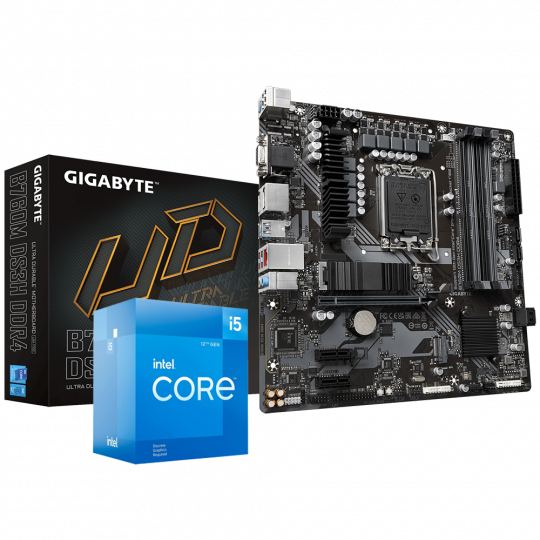
Longevity and the Tech Ecosystem
The Long-Term View
When purchasing a processor, considering its relevance in your tech ecosystem over several years is vital. The i5-12400F’s support for up-and-coming technologies like PCIe 5.0 and DDR5 grants it a degree of future-proofing, suggesting a longer period before the system feels outdated. This aligns well with users who plan to incrementally update their PCs, as it provides a solid basis upon which to build.
Ecosystem Compatibility
With any processor selection, examining compatibility with existing or planned PC components is essential. The i5-12400F may require a newer motherboard and possibly newer RAM, but it also fits into a broader Intel ecosystem, which includes wireless solutions, integrated graphics, and software optimizations that can be critical depending on usage patterns.
Thermal Performance and Acoustics
Managing Heat and Noise
The lower heat output of the Core i5-12400F naturally translates to quieter operation, as cooling fans have less work to do. Silent PC enthusiasts and users working in heat-sensitive environments or simply desiring a noise-free experience will appreciate these characteristics. Proper chassis air flow and regular cleaning can further minimize noise levels, making a Core i5-12400F-based system a tranquil computing partner.
Cooling System Considerations
For those interested in overclocking or ensuring low temperatures during peak loads, investing in an aftermarket cooler might be wise, even if the i5-12400F’s stock cooler suffices for general use. This investment can further extend the CPU’s longevity by maintaining optimal operating temperatures and potentially facilitating higher sustained performance.
By analyzing key factors such as gaming and content creation performance, long-term viability within the tech ecosystem, thermal behavior, and the importance of price in the purchasing decision, consumers can make an informed choice about whether the Intel Core i5-12400F is the right CPU for their needs. Its strengths in power efficiency, forward-looking compatibility, and impressive single-core performance define the i5-12400F as a solid contender and a wise choice for many PC builders going into 2023.
